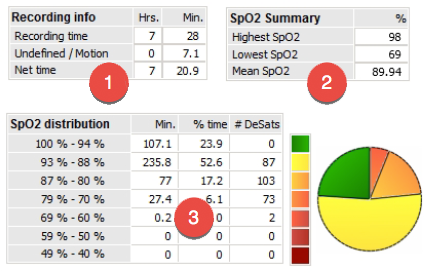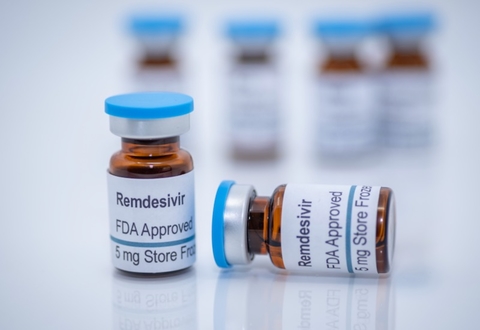If you are using medical oxygen in the range of 94 or 95 oxygen saturation to upgrade it at a level of 98 or 99 this is a misuse of oxygen he said. Anything between 92 and 88 is still considered safe and average for someone with moderate to severe COPD.
 Pulse Oximeter Report To Test For Obstructive Sleep Anpea And Snoring
Pulse Oximeter Report To Test For Obstructive Sleep Anpea And Snoring
The normal reading is 95-100.

Is oxygen level of 94 ok. Docs dont really care until it drops below 96 and some below 93 or 94. If your normal oxygen saturation is above 94 while you are awake your oxygen level is unlikely to fall below 88 while you sleep but if your doctor is concerned they may order an overnight pulse oximetry test to be sure. If a pulse ox measured your blood oxygen level SpO2 a normal reading is typically between 95 and 100 percent.
Typically doctors prefer that your oxygen level stay at or above 90 while sleeping. Normal O2 sat is 98. Its important you get the right treatment at the right time said Dr Devi Shetty Chairman Narayana Health.
If your oxygen saturation level is 94 per cent or above it still means there is sufficient oxygen in the body. Misusing the same by a person with normal levels. A typical oxygen saturation level for most people your age would be 95 or higher.
Previously when we used to do prolonged oxygen therapy for people with lung diseases we. Hypoxia is not an issue until the mid 80s so you are ok for now but it does sound like your meds need to be tweeked. If your oxygen level in blood is more than 90 you probably are worrying unnecessarily Under normal circumstances the oxygen level in your blood should range from 95-100.
A person is considered healthy when the oxygen level is above 94. Read More 2 doctors agree. You and on the cusp and should talk to your doctor about this sometime this week.
What level of oxygen is dangerous. Because oxygen saturation does not reflect the total amount of oxygen transported in the blood. COPD patients frequently have O2 sats around 93-94 that we do not treat because.
Now temporary resources like the use of oxygen therapy at home or prone breathing could help raise oxygen levels. Normal arterial oxygen is approximately 75 to 100 millimeters of mercury mm Hg. If your O2 saturation is above 94 then there is no problem.
Normal pulse oximeter readings usually range from 95 to 100 percent. However a person should seek help if oxygen levels fall or consistently linger below the 91 mark. Readings between 91-94 should be monitored.
Normal people who have working lungs and all those steps are going well their blood oxygen level will usually be 96-100 percent adds Dr. Sometimes oxygen level is less than 95 and more than 90. The important thing to remember is the oxygen saturation does not take into account the total amount of.
Now among the patients who are suffering from COVID-19 it has been noted that most of. People who struggle with getting enough oxygen and maintain a lower normal O2 sat say oxygen level 94 like those with COPD asthma or other pulmonary disorder often have a faster heart rate. However if you are having shortness of breath or any other concern.
If your oxygen saturation level is around 94 per cent it means there is sufficient oxygen in your body. But if it is falling after exercise then you need to call a doctor. Values under 60 mm Hg usually indicate the need for supplemental oxygen.
The same medical oxygen can be. Values under 90 percent are considered low. As per medical experts Oxygen level above 94 per cent is considered safe.
Hemoglobin Hb transports oxygen throughout the body. If it is less than 94 you need close monitoring but you still may not need oxygen because oxygen is still sufficient in blood if the patient is healthy he said. People who are breathing normal who have relatively healthy lungs or asthma that is under control will have a blood oxygen level of 95 to 100.
This might be due to factors that can be reversed eg. Medical professionals generally consider an O2 sat of 91 too low - but keep in mind that various factors can affect oxygen saturation and a persons normal level. However in COPD or other lung.
There is no need to panic. Similarly if you have high oxygen levels and always maintain an oxygen level 95 or oxygen level 96 your heart rate may rest a bit lower. Blood oxygen SpO2 levels above 95 are considered good.
It is not going to be of any benefit. If your saturation is above 95 you dont need to take oxygen.


